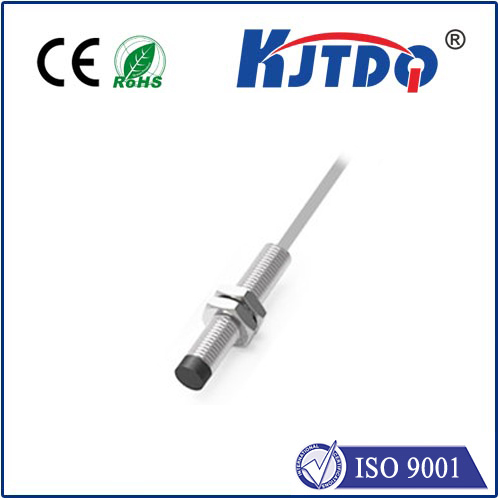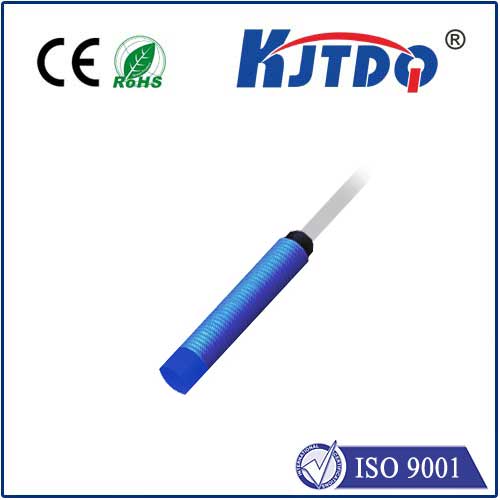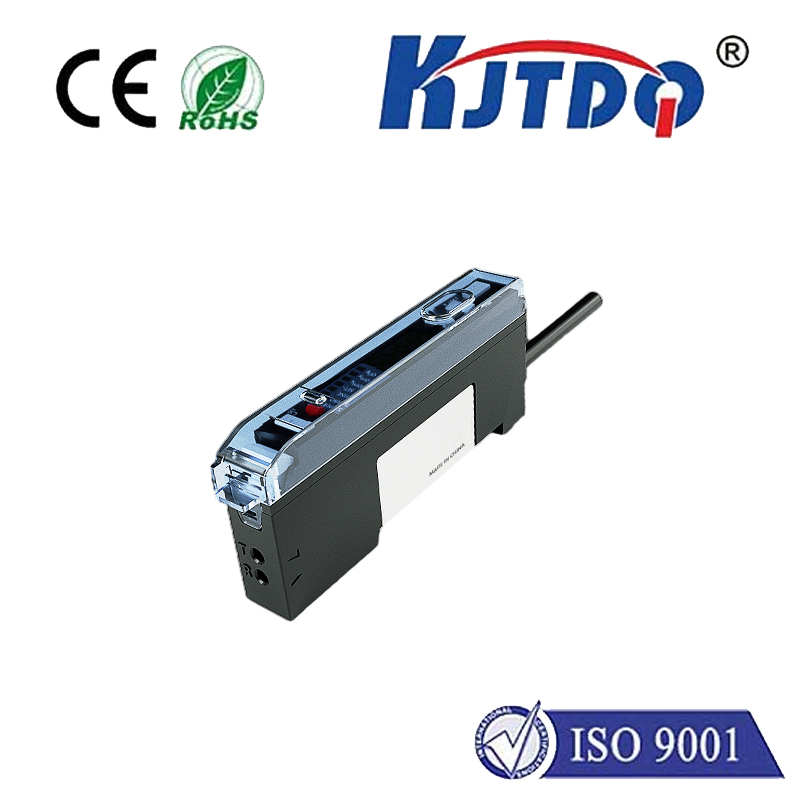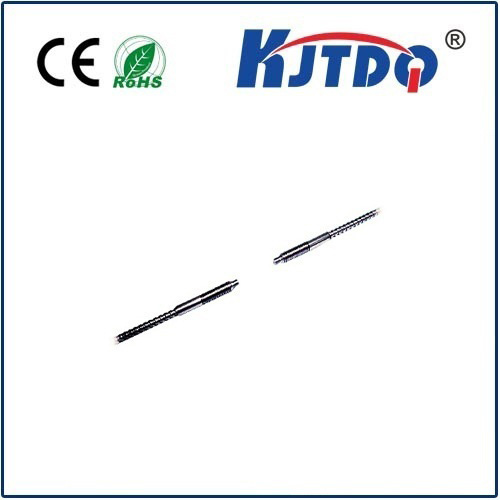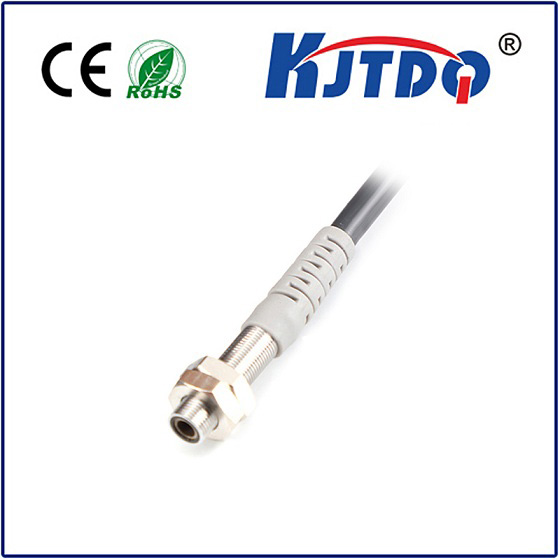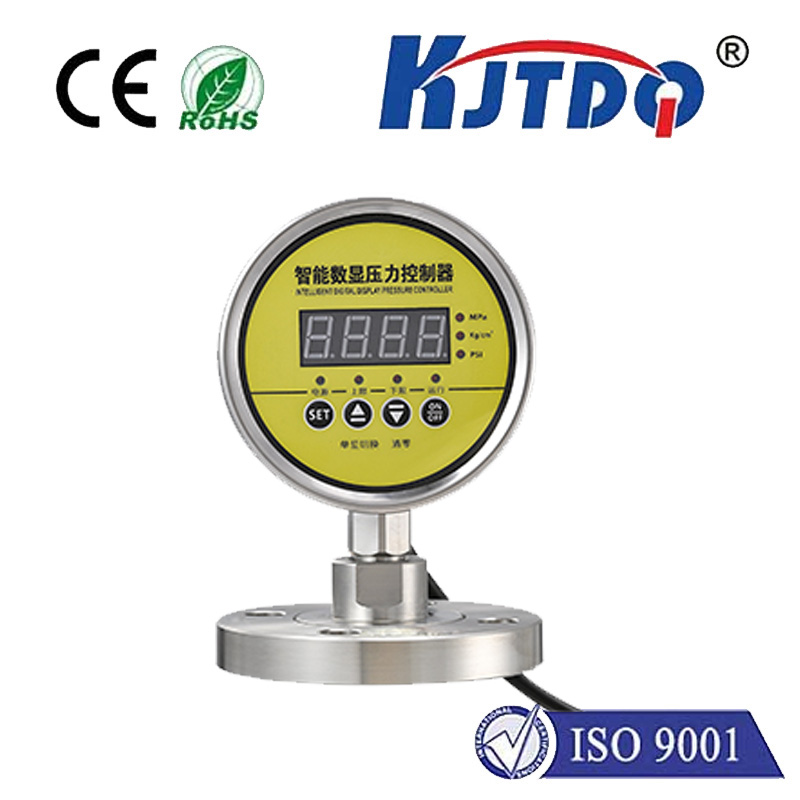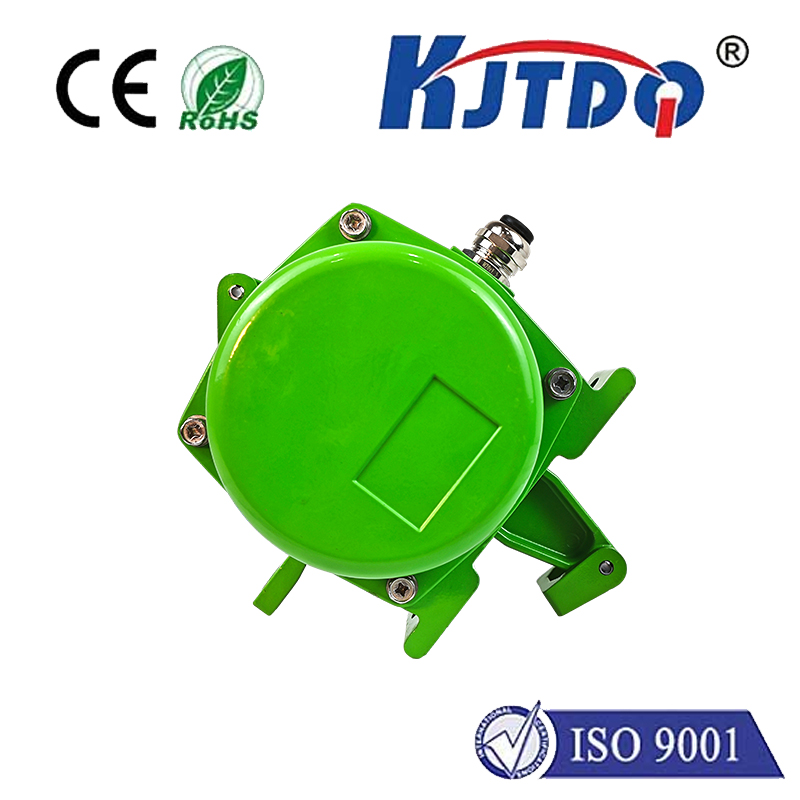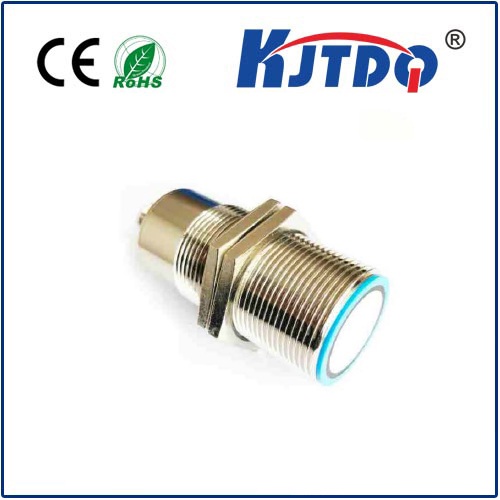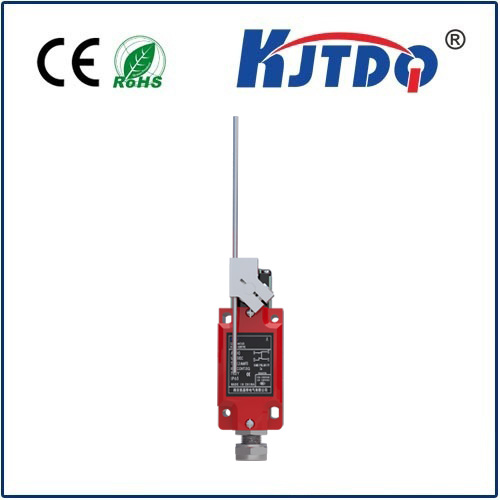

check

check

check

check

check

check

check

check

check

check
Title: Understanding Pneumatic Limit Switches and Their Applications in Automation Systems
Introduction
Pneumatic limit switches are a crucial component in automation systems, particularly in pneumatic control systems. They are used to detect the position of a valve or actuator and signal an automatic control system when it reaches a specific point. This article provides an overview of pneumatic limit switches, their working principle, applications, and maintenance requirements.
What are Pneumatic Limit Switches?
A pneumatic limit switch is a mechanical device that converts the mechanical energy of a pressure difference into electrical energy. When the valve or actuator is open, there is no pressure difference between the two ports, resulting in zero electrical signal. However, when the valve or actuator is closed, there is a pressure differential between the two ports, which causes a mechanical action to occur and generates an electrical signal.
Working Principle of Pneumatic Limit Switches
The working principle of pneumatic limit switches involves the use of a spring-loaded mechanism that acts as a switch when the valve or actuator is opened or closed. The mechanism consists of a piston or plunger that moves up or down depending on the pressure differential between the two ports. When the pressure differential is zero, the spring returns the piston or plunger to its original position, generating no electrical signal. However, when there is a pressure differential, the spring pushes the piston or plunger against an armature or contact that transmits the electrical signal to an output circuit.
Applications of Pneumatic Limit Switches
Pneumatic limit switches have numerous applications in automation systems, including:
1. Position Control: Pneumatic limit switches are used to detect the position of a valve or actuator and provide feedback to an automatic control system. This enables accurate positioning of the valve or actuator within a specified range.
2. Speed Control: Pneumatic limit switches can be used in conjunction with velocity sensors to monitor the speed of a motor or other moving component and adjust the speed accordingly.
3. Safety Control: Pneumatic limit switches can be used to prevent over-pressure or over-speed in hazardous applications, such as chemical processing plants and power generation facilities.
4. Material Handling: Pneumatic limit switches are commonly used in material handling systems to detect the position of a pick-up arm or gripper and trigger appropriate actions, such as lifting or lowering the object.
Maintenance Requirements of Pneumatic Limit Switches
Proper maintenance is essential to ensure reliable operation and extended lifespan of pneumatic limit switches. Some maintenance requirements include:
1. Regular inspection: Check for any signs of wear or damage on the spring, plunger, and armature components of the switch. If any damage is detected, replace the switch promptly.
2. Cleanliness: Keep the area around the pneumatic limit switch clean and free from debris to prevent contamination and potential damage to the switch components.
3. lubrication: Lubricate the spring, plunger, and armature components as needed to reduce friction and extend lifespan. Use a lubricant specifically designed for pneumatic equipment.
Conclusion
Pneumatic limit switches are critical components in automation systems due to their ability to accurately detect the position of a valve or actuator and generate an electrical signal to control automatic processes. By understanding their working principle, applications, and maintenance requirements, users can effectively utilize pneumatic limit switches to improve efficiency, reliability, and safety in various industrial applications.

